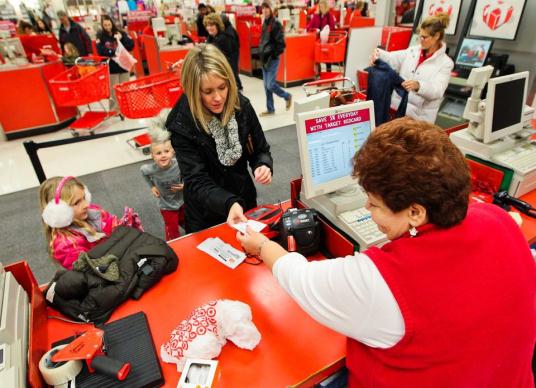
Techniques and processes put in place to thwart criminal activity around retailers’ return policies continue to be put to the test, and with steadily improving retail sales, even more is on the line when it comes to losses from return fraud.
Techniques and processes put in place to thwart criminal activity around retailers’ return policies continue to be put to the test, and with steadily improving retail sales, even more is on the line when it comes to losses from return fraud.
According to the National Retail Federation’s 2014 Return Fraud Survey completed by loss prevention executives at 60 retail companies representing grocery, department, discount, specialty and small retailers, the industry will lose an estimated $10.9 billion to return fraud this year. Additionally, of those surveyed, retailers estimate $3.8 billion will be lost to return fraud this holiday season alone, up slightly from last year’s $3.4 billion. Overall, retailers polled estimate 5.5% of holiday returns are fraudulent, similar to last year’s 5.8%.
“Today’s sophisticated technology does well keeping criminals at arm’s length but often isn’t enough to completely stop the unethical practices of organized and individual retail fraud occurrences. Return fraud has become an unfortunate trend in retail thanks to thieves taking advantage of retailers’ return policies to benefit from the cash or store credit they don’t deserve. Additionally, many of these return fraud instances are a direct result of larger, more experienced crime rings that continue to pose serious threats to retailers’ operations and their bottom lines,” says NRF vice president of loss prevention Bob Moraca.